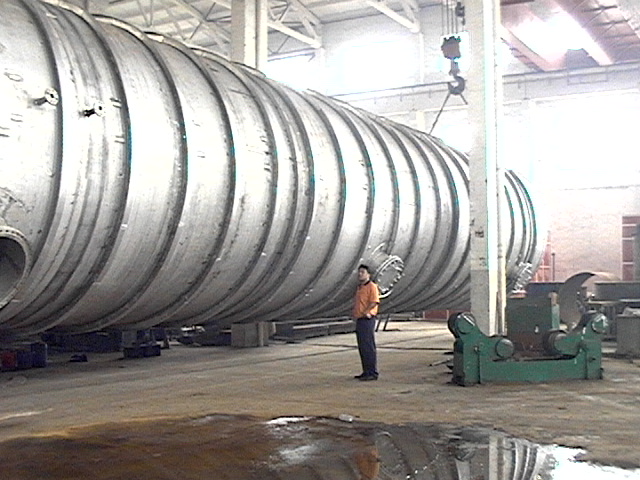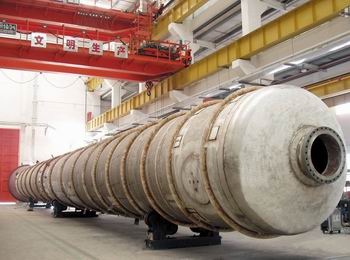1 / 2
High Strength Distillation Column Tower Equipment
Get Latest Price
Send Inquiry
| Brand Name : | WST |
|---|

Wuxi Weishitiong Machinery Co., Ltd.
You might also like
Product description
High Strength Distillation Column Tower Equipment , It is widely
used in chemical industry, petrochemical industry, metallurgy, light
industry, textile industry, textile industry, chemical industry,
metallurgy industry, textile industry, chemical industry, textile
industry and so on. , Alkali, pharmaceutical, pesticide, electroplating, electronics and other fields. The
main function of the distillation tower is to separate the mixed
liquid, the use of different liquids under different conditions, such as
different temperature, volatile (boiling point) different principles of
liquid separation, so as to achieve the purification effect. In
addition to the aldehyde tower works is the mature mash of alcohol
after crude distillation, from the gaseous form from the top of the
crude distillation tower in addition to aldehydes, in addition to
aldehyde tower and then the appropriate amount of heating, condensation,
reflux, so that crude alcohol contained Of
aldehydes, esters and other low boiling point, volatile impurities from
the exclusion of the aldehyde tube from the aldehyde alcohol from the
bottom of the tower into the liquid phase distillation tower, part of
the head from the head of wine into the fermenter after the mash or
mature Mash. The working principle of the distillation tower is not limited to the purification of alcohol. Distillation tower is mainly divided into plate tower and membrane tower.


Pressure vessels can theoretically be almost any shape, but shapes made of sections of spheres, cylinders, and cones are usually employed. A common design is a cylinder with end caps called heads. Head shapes are frequently either hemispherical or dished (torispherical). More complicated shapes have historically been much harder to analyze for safe operation and are usually far more difficult to construct.
Theoretically, a spherical pressure vessel has approximately twice the strength of a cylindrical pressure vessel with the same wall thickness.[1] However, a spherical shape is difficult to manufacture, and therefore more expensive, so most pressure vessels are cylindrical with 2:1 semi-elliptical heads or end caps on each end. Smaller pressure vessels are assembled from a pipe and two covers. For cylindrical vessels with a diameter up to 600 mm, it is possible to use seamless pipe for the shell, thus avoiding many inspection and testing issues. A disadvantage of these vessels is that greater breadths are more expensive, so that for example the most economic shape of a 1,000 litres (35 cu ft), 250 bars(3,600 psi) pressure vessel might be a breadth of 914.4 millimetres (36 in) and a width of 1,701.8 millimetres (67 in) including the 2:1 semi-elliptical domed end caps.
Supplier's popular products
Send your inquiry to this supplier
Send Inquiry
























